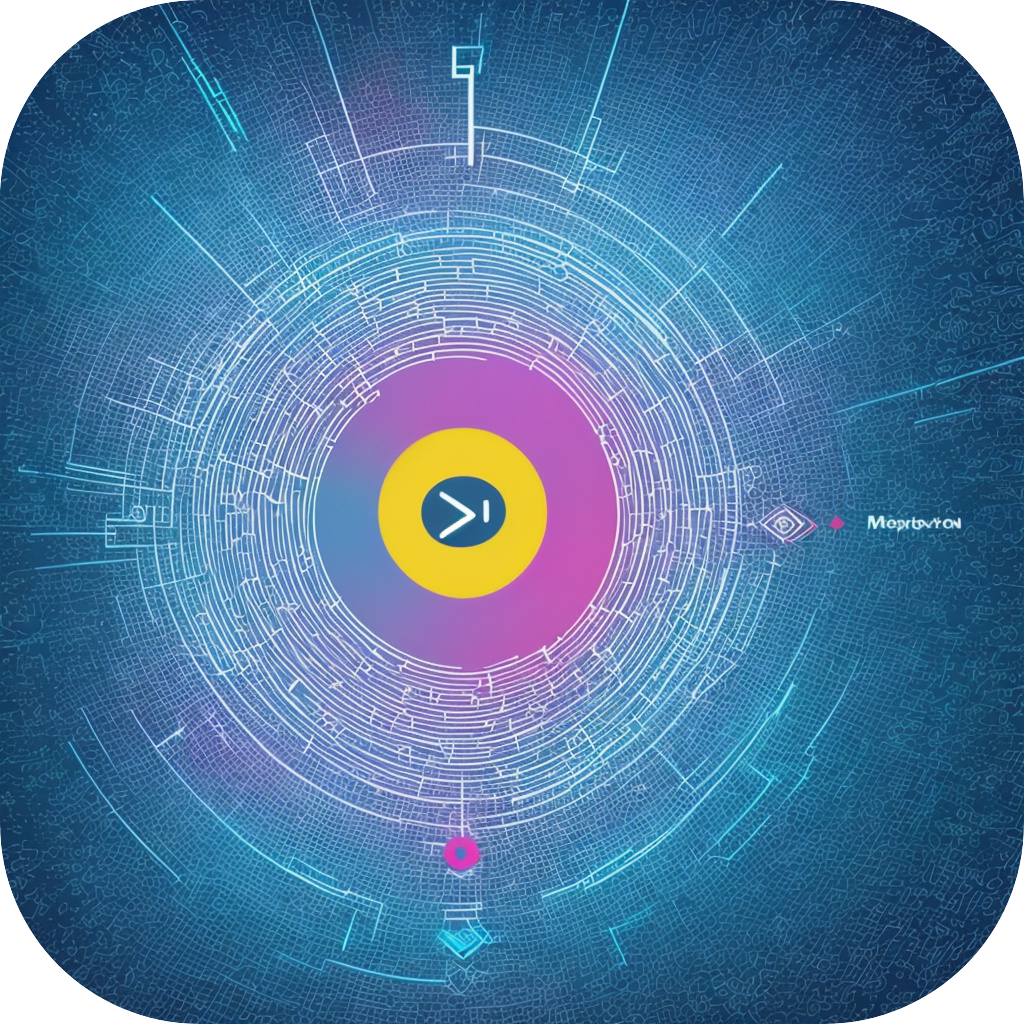Mastering Subtitles: Unraveling the Art and Influence of Closed Captions in Contemporary Media Consumption
In the era of globalized content streaming and on-demand entertainment, subtitled video material, known as closed captions, has transcended being a mere afterthought or accessibility accommodation to become an integral part of the viewer’s experience. The advent of advanced technologies, coupled with a surge in the demand for international content, has propelled closed captions onto center stage, highlighting their multifaceted importance in maintaining the essence of the original narrative across diverse societies.
Understanding Closed Captions’ Artistry and Significance
Beyond the simple function of translating dialogue, closed captions represent a harmonious blend of technical proficiency, creative language, and cultural awareness. They serve as visual aids that complement the audio track, enriching the viewer’s experience without demanding their focus. By breaking down complex scenes or dialogue into more digestible elements, closed captions not only support those with hearing impairments but also enhance comprehension, engage textually-driven audiences, and promote second-language acquisition among the general population.
The Impact on Global Consumption Patterns
The widespread adoption of closed captions has reshaped global media consumption patterns. It allows international broadcasts to reach their original audience without the constraints of language barriers, fostering a more inclusive online community. This is particularly beneficial in an era where global content, including shows, news programs, and documentaries from around the world, is increasingly sought after by audiences beyond their borders. Closed captions bridge cultural divides by offering a direct, unmediated connection to the narrative, thereby enriching the diversity of perspectives and stories people can access and consume.
Accessibility and Inclusivity
Accessibility is at the heart of the closed captions discourse. They function as a crucial enabler for the deaf and hard-of-hearing communities, allowing them to engage fully with audio-based media. Beyond these primary beneficiaries, however, closed captions cater to a broader audience by providing subtitles as an aid for viewers who struggle with language fluency, as well as for those seeking to navigate noisy environments. This inclusivity transforms media consumption into a communal, rather than isolating, experience, ensuring that everyone can participate and enjoy the content.
Adaptation to Technological Advancements
The evolution of closed captions has been paralleled by that of technology. As digital content production platforms and distribution channels have grown in complexity, the need for automated subtitle generation solutions has become more pronounced. Artificial intelligence (AI) algorithms now play a pivotal role in captioning, significantly reducing the time and labor required to produce accurate subtitles. This technological innovation not only ensures rapid content delivery but also maintains a high standard of quality that aligns with professional captioning services.
Engagement and Education
In addition to facilitating viewing experiences, closed captions have the potential to enhance engagement and educational value. They provide an opportunity for viewers to interact with the content at their own pace, explore the text for deeper insights, and develop vocabulary skills in a foreign language. Moreover, in educational settings, subtitles serve as a tool for visual learning and comprehension, particularly for complex theories and principles presented through multimedia content.
Navigating Cultural Nuances
Closed captions must navigate the complexities of cultural translation, a skill that requires both linguistic dexterity and cultural sensitivity. Captions must accurately capture the context, humor, and nuances of wordplay or idiom to maintain the intended tone and meaning. This is particularly challenging with content from various cultural backgrounds, necessitating the development of specialized captioning teams for specific genres and nationalities. The practice of adapting content for subtitles, often called localization, is thus a vital part of the process to ensure that the cultural essence of the original work is preserved for the global audience.
Embracing the Future
As technology continues to evolve, the future of captioning promises even greater advancements. Enhanced AI-driven solutions will likely lead to more accurately generated subtitles and improved accessibility across a wider range of platforms. The integration of speech recognition and machine learning algorithms can potentially eliminate the need for manual caption creation in many scenarios, making the process more efficient and accessible.
Moreover, the increasing importance of virtual and augmented reality in media consumption may necessitate the development of innovative captioning methods that seamlessly integrate with immersive environments. This could involve the use of text-to-speech technology that adapts to the viewer’s movement, providing captions tailored to the user’s position within the virtual space.
In conclusion, the journey from rudimentary closed captions to today’s technologically advanced and culturally sophisticated subtitles has been one of innovation, inclusivity, and universal accessibility. These captions serve as a testament to the adaptability of human communication and the resilience of storytelling across cultures and languages. As multimedia consumption continues to evolve, so too will the role of subtitles in enriching our experiences by bridging linguistic and cultural divides and enhancing our appreciation for content from around the world.
